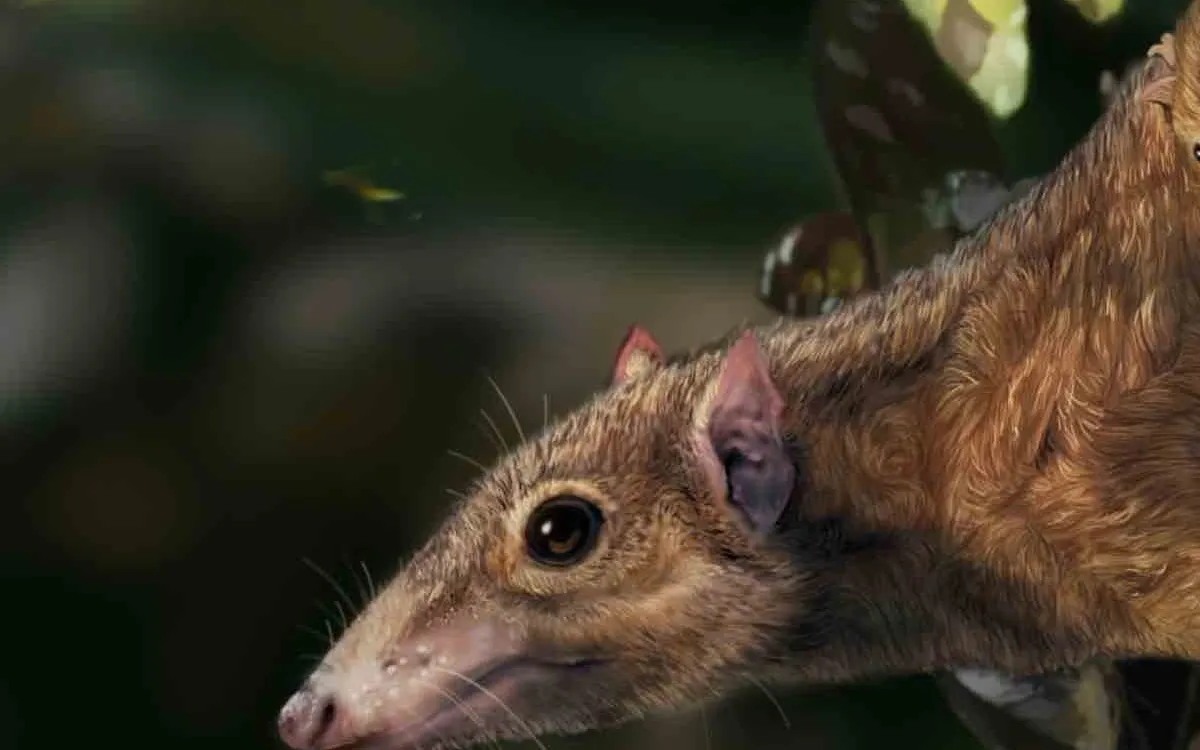
Recent research led by the University of Bristol has unveiled that a significant number of mammals were already transitioning to a more ground-based lifestyle several million years prior to the catastrophic mass extinction event that eradicated the dinosaurs. This pivotal study, published in the journal Palaeontology, sheds light on the evolutionary adaptations of mammals in response to environmental changes leading up to the asteroid impact.
The research team meticulously analyzed small fossilized bone fragments, particularly the ends of limb bones, from both marsupial and placental mammals discovered in Western North America. This region is uniquely known for its well-preserved terrestrial fossil record from that time period. The findings indicate that these mammals were indeed adapting to life on the ground, as evidenced by the analysis of limb bone characteristics that can be statistically compared to those of modern mammals.
According to lead author Professor Christine Janis from the University of Bristol's School of Earth Sciences, previous studies had already established that plant life underwent significant transformations towards the end of the Cretaceous period. Specifically, the emergence of flowering plants, or angiosperms, contributed to the development of more diverse ground habitats. It was also understood that tree-dwelling mammals faced challenges following the asteroid impact. However, the question of whether mammals were becoming increasingly terrestrial in alignment with these habitat changes had not been thoroughly documented.
Distinct from earlier studies that relied on complete skeletons to analyze ancient mammal movements, this research is groundbreaking as it employs small bone elements to track evolutionary changes within an entire community of mammals. The team utilized statistical data derived from museum collections located in New York, California, and Calgary to conduct their analysis on these diminutive fossils.
Professor Janis emphasized that the vegetational habitat played a more crucial role in shaping Cretaceous mammalian evolution than the influence of dinosaurs. The evidence gathered was primarily from bone articular fragments of therian mammals, which encompasses both marsupials and placentals. It's important to note that the methods used in this study were not applied to more basal mammals, such as multituberculates, due to the differences in their bone structure.
Professor Janis remarked, "We’ve known for a long time that mammalian long bone articular surfaces can provide valuable insights into their mode of locomotion. However, I believe this is the first study to utilize such small bone elements to examine changes within a community rather than focusing solely on individual species." While this research marks the conclusion of the project, its findings deliver new perspectives on how prehistoric mammals responded to changing environmental conditions just a few million years before the asteroid impact that dramatically reshaped life on Earth.